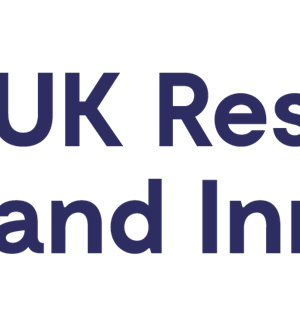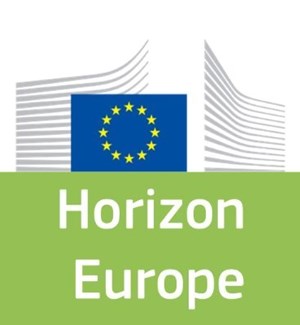In recent years, we have discovered that our environment is extensively polluted with plastic particles in a wide range of sizes, from the largest pieces that we can identify with our bare eyes, to the so called “microplastics” (< 5 mm). As a consequence of the improvement in detection techniques, we now know that, for example, up to trillions of microplastic particles per litre have been found in plastic bottles for infants and in general plastic-based consumer water containers. Plastic debris above the microplastic cut-off can be sampled easily (though tediously) using standard extraction, collection, and purification methods. However, microplastics are typically heavily underestimated when using such basic techniques. In this project, I intend to develop a technique by which we can (1) concentrate diluted pre-filtered solutions by a controlled droplet evaporation process and (2) perform chemical identification of its content beyond the current detection limits using surface enhanced Raman spectroscopy. The technique will be easy, fairly cheap to implement and easily scalable for the identification of micro- and nanoplastics in consumer products.
Want to analyze based on this project via our analysis tool? Analyze this project
Knowledge Gaps
Characteristics of plastic-general
Characterization test methods
Monitoring and detection equipment
Environmental fate and behavior of plastic




